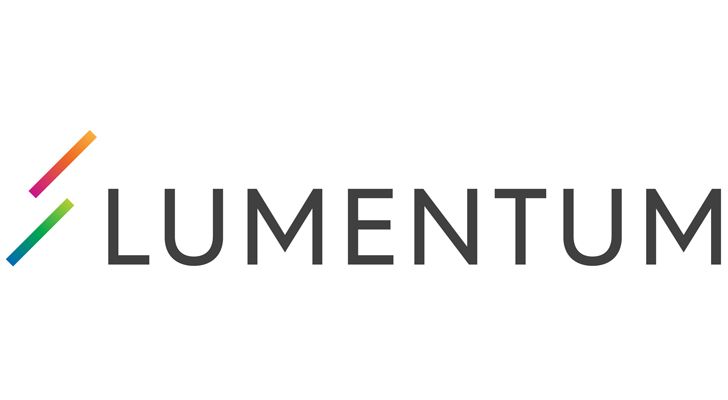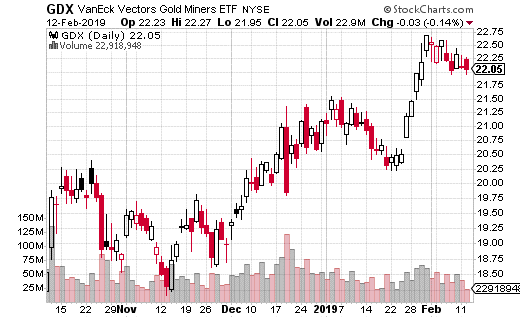
The general consensus: this rally has more room to run. And these are the “strong buy” stocks that are primed to outperform. With this article, I wanted to highlight stocks that fit the double whammy of 1) a bullish outlook from the Street and 2) serious upside potential left. That’s vital when it comes to raking in the profits.
So to find these stocks, I used TipRanks’ Stock Screener. I set the following filters: a “strong buy” consensus from the best-performing analysts and upside potential of over 20% from the current share price to the average analyst price target. Then it’s just a question of sitting back and letting the screener work its magic.
Well, almost. From the filtered stocks, I selected the ones that look the most compelling right now. And then I took a closer look at what the analysts have to say right now.
Let’s dive in to see if these top-notch stocks deserve a place in your portfolio:

Source: Shutterstock
Strong Buy Stocks: Turtle Beach (HEAR)
San Diego-based audio tech stock Turtle Beach (NASDAQ:HEAR) is making waves in the gaming world. Its market-leading headsets can be used for everything from Xbox One to tablets.
The company has just pre-announced strong earnings results for the fourth quarter. That’s down to continued share gain driving better-than-expected sales.
Revenue of $109 million-$111 million smashed prior guidance of $94 million. Similarly, adjusted EBITDA of approx $23 million-$25 million easily beats the previously guided $21 million.
“We believe the popularity of Battle Royale video games remains a tailwind for Turtle Beach due to their inherent requirement for team-based communication” says Oppenheimer’s Andrew Uerkwitz (Track Record & Ratings).
He believes Turtle Beach has multiple long-term tailwinds, including expansion of online multiplayer games, video game streaming and e-sports. Moreover, the recent surge in sales allows the company to significantly improve its balance sheet and invest in new products and new markets.

Source: Shutterstock
Alibaba (BABA)
Chinese e-commerce giant Alibaba (NYSE:BABA) looks appealing right now.
Trading at about 6x price-to-sales and about 19x EV/EBITDA on calendar year 2019 estimates with around 30% 3-year CAGRs through 2021, even on investment-depressed margins, the fundamental valuation looks attractive.
“Though Macros remain a big unknown, we view BABA’s Fundamental Risk/Reward as very compelling here” writes RBC’s Mark Mahaney (Track Record & Ratings).
Why? He explains: “Core China Commerce Comps ease into next year, including the Customer Management segment of China Retail that could further improve from recommendation feed changes.”
And in the near-term, investors can gain confidence in the improving profit growth from Alibaba’s core marketplace EBITA.
That’s thanks to continued investment in strategic initiatives (Ele.me, Lazada, New Retail and Cainiao) to improve their TAM and business moats. With a $210 price target, Mahaney is forecasting upside potential of 24%.

Source: Shutterstock
Cigna Corp (CI)
Health insurance giant Cigna Corporation (NYSE:CI) has a strong track record of growth in recent years. However it has traditionally traded at a discount to its peers.
At the end of 2018, Cigna received the regulatory approval for buying Express Scripts, the last major standalone pharmacy benefit manager (PBM).
Although there are both positives and negatives from the Express Scripts deal, ultimately it should pay strong long-term returns for shareholders. That’s thanks to a compelling opportunity to cross-sell its services, as well as a more equity-friendly capital structure.
“Overall, Cigna’s traditionally conservative management team continues to project robust growth from the ESRX deal, but we believe the stock still does not reflect the significant upside” reflects Oppenheimer’s Michael Wiederhorn (Track Record & Ratings).
“As a result, we maintain our Outperform rating and would continue to be buyers.” Indeed his $254 price target indicates shares can surge 32%.

Source: Shutterstock
Marathon Petroleum (MPC)
Ohio-based Marathon Petroleum (NYSE:MPC) is the largest refiner in the U.S., with over 3 million barrels per day of capacity across 16 refineries. On top of that it also has a network of nearly 4,000 company-owned retail stations.
Marathon recently snapped up Andeavor for a whopping $23 billion last year. In Q4 2018, MPC realized $160 million of synergies from the ANDV transaction. And that’s just the beginning. The company reiterated its goal of $600 million of synergies by the end of 2019 and $1.4 billion by the end of 2021.
“In our opinion, Marathon’s retail business, Speedway, is the most attractive retail franchise in our coverage universe, and the extension of the Speedway model to the acquired ANDV stores could provide meaningful upside” cheers RBC Capital’s Brad Heffern (Track Record & Ratings).
Overall, all four analysts covering the stock are bullish. Their $92 average analyst price target works out at 43% upside from the current share price.

Source: Amarin
Amarin Corp (AMRN)
Year-to-date, Amarin (NASDAQ:AMRN) stock is up nearly 20% due to Pfizer (NYSE:PFE) buyout chatter. According to rumors, the pharma giant is interested in making a bid for the fish oil drug maker. This would enable Pfizer to get its hands on Amarin’s fish-oil medication Vascepa.
This drug is the first Pure EPA prescription Omega-3 clinically proven to lower very high triglycerides without raising bad cholesterol.
Going forward, can the stock keep up the good times? Or should investors be cautious? Cantor Fitzgerald’s Louise Chen (Track Record & Ratings) has surveyed 50 physicians regarding Vascepa.
Following the survey she writes: “The results underscore our belief that the market opportunity is underappreciated. Therefore, we are reiterating our OW rating and 12-mo. PT of $35 ahead of what we expect to be an acceleration in the uptake of Vascepa in 2019+.”
In particular, the recent REDUCE-IT study positions Vascepa to be the first drug to cost-effectively help address cardiovascular risk beyond cholesterol management. Bear in mind that heart disease is the No. 1 cause of death among Americans, with around 800,000 deaths every year.
All five analysts covering AMRN rate the stock a buy. They see (on average) upside of over 70% for share prices over the next 12 months.

Source: MayApps207 via WikiMedia
Teladoc Health (TDOC)
Teladoc Health Inc (NYSE:TDOC) is the most widely used telehealth provider in the U.S., offering doctor services at any time 24/7/365, to resolve common medical issues via phone or online video chat.
Now that Teladoc has moved past its affair scandal (with the CFO resigning at the beginning of the year) the company once again looks like a very attractive investing proposition.
According to Premier, 4.3M, or 18%, of emergency department visits by chronically ill patients that could have been avoided, but instead cost the system $8.3 billion.
Piper Jaffray analyst Sean Wieland (Track Record & Ratings) tells investors this data point “attests to the need for increased access to care at lower costs, which can be addressed by telemedicine.” The analyst’s buy rating comes with an $88 price target (32% upside potential).
Similarly, Oppenheimer’s Mohan Naidu (Track Record & Ratings) writes “With an estimated annual $57B total addressable market (with Best Doctors) and low current penetration (estimated 0.2%), we believe there is significant runway for growth in telehealth.”
He expects increased membership and awareness to drive top-line growth for Teladoc from current levels.

Lumentum (LITE)
Optics maker Lumentum Holdings (NASDAQ:LITE) has had a challenging time recently. But it is not the end of the road. Far from it. In fact the Street is very upbeat about the company’s outlook. This “strong buy” stock has received seven recent buy ratings. The average price target of $64 indicates 40% upside potential.
Let’s start at the beginning. Shares dipped after the company reported disappointing fiscal Q2 results. However while the company’s datacom and 3D sensing segments are struggling, telecom and commercial lasers are really showing muscle right now.
Telecom in particular is booming: “Lumetum’s ROADM sales increased 110% y/y and 29% q/q in 2QFY19, and now are likely ~$90mn per quarter” notes MKM Partners’ Michael Genovese (Track Record & Ratings). “The company is sold out of ROADMs, and is still adding capacity at customers’ request. ROADM demand is also strong in the U.S. and EMEA.”
Plus there is hope for datacom and 3D sensing. First the company is trying to launch new products to resume Datacom business growth. And secondly, new Android wins could help make up for the Apple shortfall.
“We believe Lumentum’s 3D sensing business is on track, with potentially more design wins from the Android market in the March quarter” says Rosenblatt’s Jun Zhang.
Source: Investor Place


